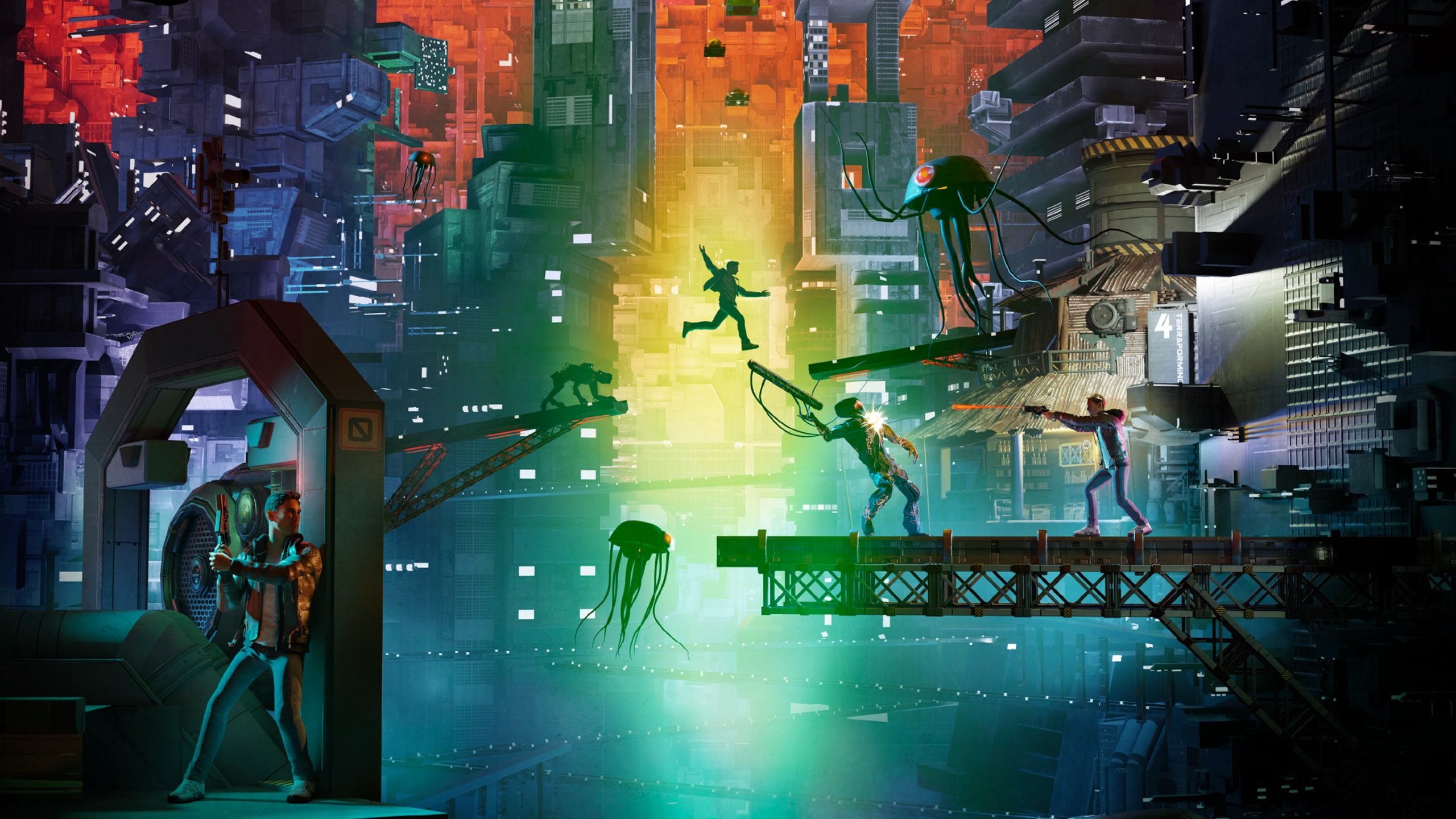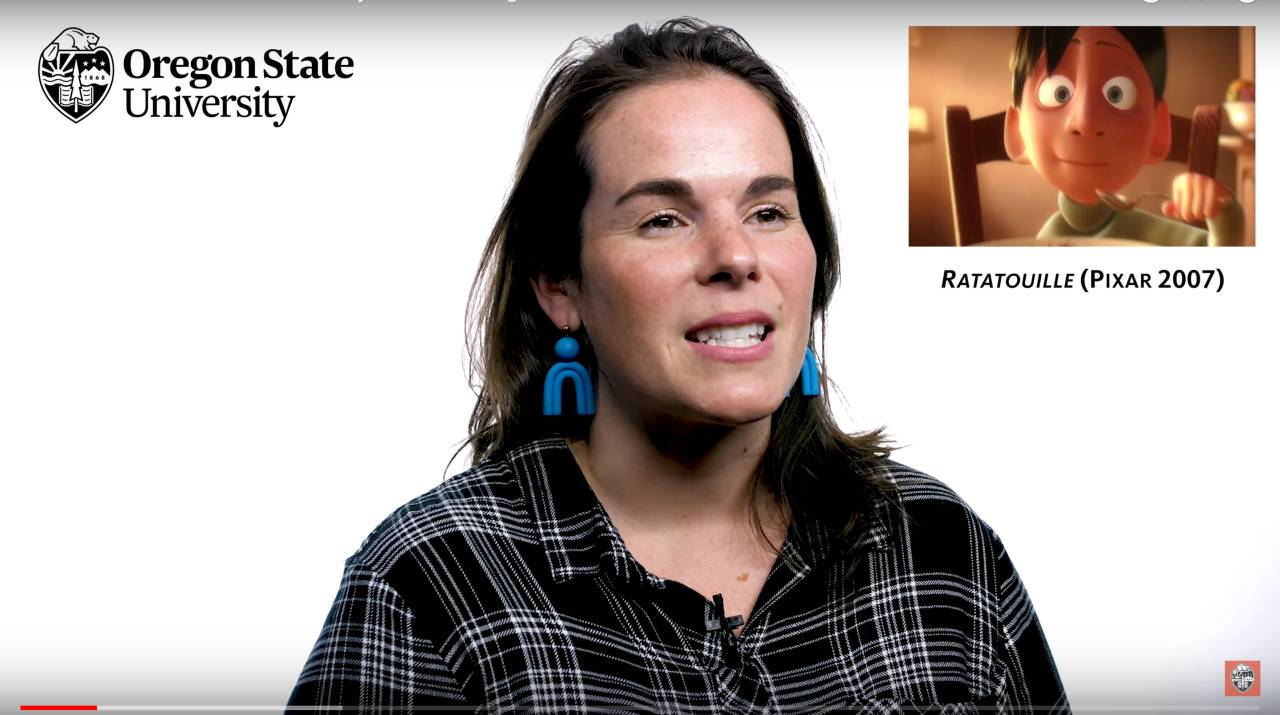Microids is currently facing challenges at this moment. With titles such as Inspector Gadget, The Smurfs 2, Goldorak, and Tintin, the French publisher has encountered several disappointments, with games ranging from poor to mediocre quality. It is disheartening to realize that these projects were once ambitious and held significant potential. Unfortunately, Microids has reverted to its old practices, focusing on quantity over quality and releasing incomplete, unfinished games with questionable gameplay design choices. However, it is now November, and it is timely to offer our assessment of Flashback 2, a game produced by Microids but conceived and designed by Paul Cuisset, the original creator of Flashback. For the past 30 years, the game designer has been attempting to recapture his former success; however, once again, he appears to have fallen short, creating a game design that seems reminiscent of the 1990s.
A TRUE RETURN TO THE PAST
Certain actions in Flashback 2 are context-sensitive, notably jumping. Conrad can walk, run, shoot, roll, and dash (with a cave-man animation) freely, but he cannot jump without specific conditions being met within the game. There is no dedicated jump button; instead, Conrad can only jump when the game imposes it upon him, provided he is in an appropriate action trigger zone. This results in searching for areas where jumping, descending levels, or grabbing ledges are possible while managing the poorly implemented depth of space and often confusing camera movements. Furthermore, the gunfight system is equally problematic. Given the game’s use of field depth, Paul Cuisset and his team opted for a directional shooting mechanism using the right analog stick to rotate Conrad in all directions, with the right trigger used for firing simultaneously. To shoot accurately, players must hold the desired direction while pressing the trigger, but this system does not always function well and is imprecise. Considering Conrad’s high sensitivity and the enemy’s movement, missing the target often leads to missed shots. This mechanic makes gameplay challenging and frustrating throughout much of the game. The adventure could likely be completed in about 5 hours if it were smooth and free of technical issues.
GAME DESIGN IN COMFY SHOES
Among the poorly executed aspects of the game is Conrad’s shield, activated by holding L1, whose full functionality remains unclear. Occasionally, it activates and then disappears and reappears without apparent reason. Similarly, the armor Conrad acquires midway through the game has an unexplained management system. Even with the shield equipped, Conrad loses health points, raising questions about whether this is a bug or poor design. The grenades Conrad can throw are also problematic, controlled in such an unintuitive manner that handling them feels cumbersome and awkward. This level of quality suggests amateurish execution. Additionally, the gameplay’s heaviness will likely hinder engagement; during the initial five hours, it becomes repetitive as one loops through tasks between “cities” that span only 30 square meters. These cities involve mundane activities like talking to people in a room, fetching maps from another location, and delivering packages to different cities, all of which become tedious over time. Traveling between cities involves motorcycle segments reminiscent of WipEout but with subpar execution and handling issues. Moreover, each city is connected via an infinite loop; if one does not exit correctly to reach a specific destination, they can circle endlessly through the same areas repeatedly.
NPC LEVEL PS1
Regarding the graphics, they are notably unsatisfactory. Regardless of the version the game runs on, the graphical rendering, textures, character or NPC modeling barely surpasses the PS1 level, with no apparent attempt at improvement. From a distance, the game manages to deceive viewers with small lighting effects and neon visuals; however, upon closer inspection, it becomes clear that some textures are excessively blurry, NPC faces lack detail, their animations and behaviors appear outdated, and they have an animation loop of 5 seconds or even 10 if we consider this generous. It is disappointing to see such a result, particularly for a franchise that has diverged from its original vision and creator.
For those eagerly anticipating the upcoming release of Flashback 2 on November 16th, Sophie Laurent’s article “Flashback 2: Discovery of New Washington Inspired by Blade Runner” offers a fascinating glimpse into what fans can expect. The post, published on August 9th, delves into how Microids has shifted the game’s setting to a dystopian metropolis inspired by Blade Runner, complete with neon-lit streets and a humid atmosphere that sets the stage for an intriguing narrative. Despite some control issues noted in recent demos, the anticipation remains high for this nostalgic return to Paul Cuisset’s world. Be sure to check out Sophie’s insights at [Read the article]! For those eager to catch a glimpse of the upcoming sequel that aims to recapture the essence of its predecessor, make sure to check out our recent post titled “Flashback 2: New Trailer with French Voices, Including Donald Reignoux” by Ahmed Hassan, published on August 22, 2023. The article delves into Microids’ latest showcase at gamescom 2023, featuring a trailer that highlights the game’s new 2.5D perspective and enhanced character freedom. With its release just around the corner on November 16th, this post is a must-read for fans anticipating Flashback 2 (available [Read the article]).
Have any thoughts?
Share your reaction or leave a quick response — we’d love to hear what you think!


